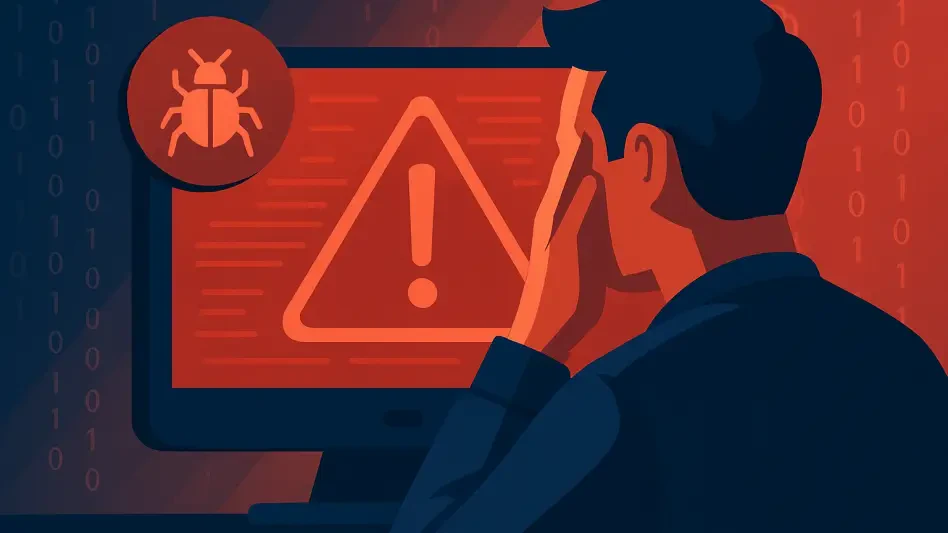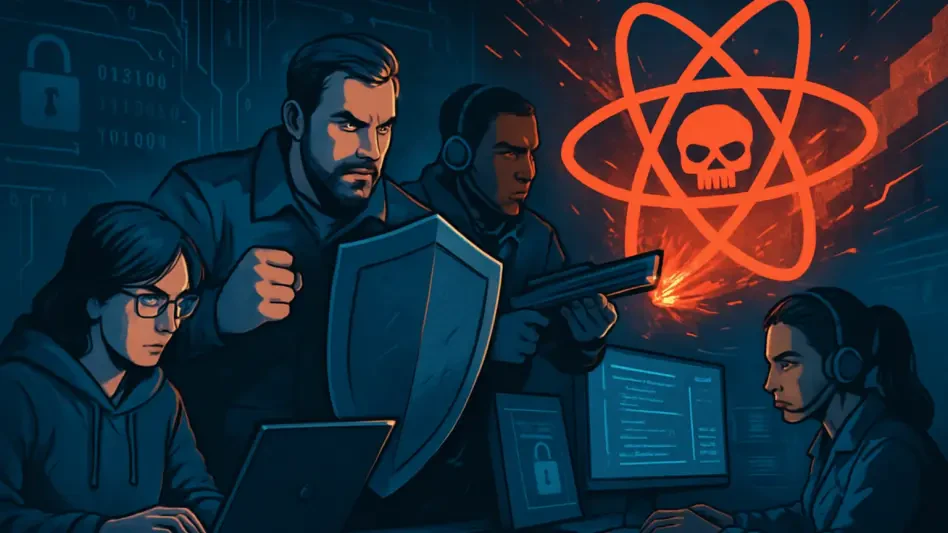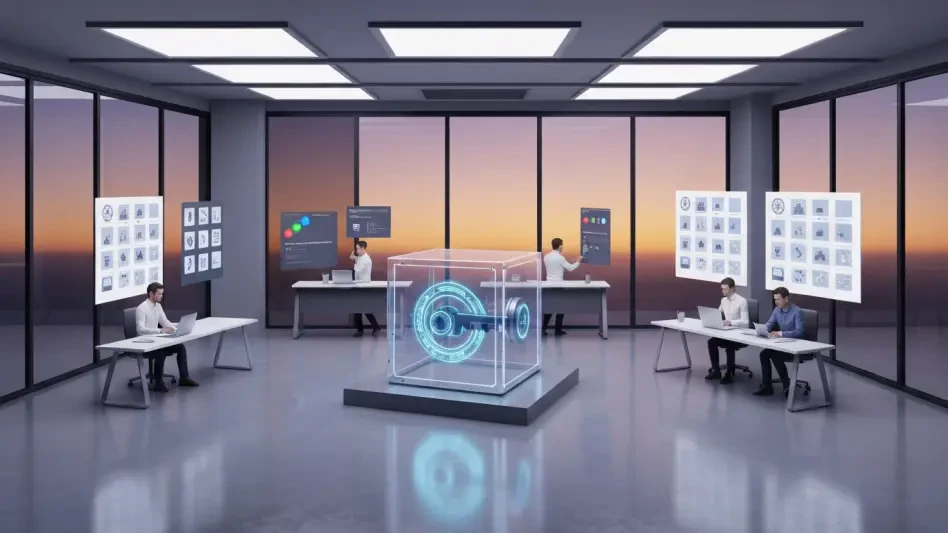What happens when a tiny crack in widely trusted software threatens to collapse the very foundation of hospitals, factories, and water treatment facilities? A critical vulnerability in the Erlang/OTP SSH daemon, identified as CVE-2025-32433, has emerged as a ticking time bomb for operational technology (OT) infrastructure, putting essential services and public safety at grave risk. With a severity score of 10.0, this flaw is already being exploited. This is not just a technical glitch—it’s a stark reminder of how interconnected and fragile modern systems have become.
The Alarming Reality of a Critical Vulnerability
The significance of this issue cannot be overstated. Erlang/OTP, a programming framework developed by Ericsson, underpins fault-tolerant systems in telecommunications and vast OT networks, including 5G infrastructure. Its SSH daemon, designed to secure remote access, now harbors a flaw that attackers have been exploiting since May of this year, according to research from Palo Alto Networks’ Unit 42 team. This vulnerability directly jeopardizes sectors like healthcare, agriculture, media, and high technology, where OT systems control physical processes through firewalls, robotics, and valves.
The stakes are extraordinarily high. A breach in these environments doesn’t just mean data loss; it could disrupt life-saving equipment in hospitals or halt production in factories, causing economic ripple effects. As IT and OT systems increasingly converge, this flaw serves as a dangerous entry point for attackers to wreak havoc in the real world, amplifying the urgency for immediate action.
Dissecting the Threat: How CVE-2025-32433 Operates
At the heart of CVE-2025-32433 lies a critical error in the SSH protocol messaging of Erlang/OTP. This defect allows attackers to bypass authentication entirely, gaining unauthorized access to systems without valid credentials. Once inside, they can execute remote code, taking full control over critical infrastructure components with devastating potential.
The implications are chilling. Consider an OT network in a manufacturing plant—malicious actors could manipulate industrial switches, issuing commands that might lead to catastrophic failures like explosions. Sectors managing physical infrastructure are especially vulnerable, as altered sensor data or operational outages could endanger lives. Moreover, attackers often exploit this flaw for lateral movement, using the IT-OT convergence to burrow deeper into sensitive systems and maximize damage.
Voices of Concern from the Front Lines
Security experts are raising red flags about the sweeping consequences of this vulnerability. Mark Townsend of AcceleTrex paints a grim picture, warning that compromised OT systems could trigger physical disasters, such as safety mechanism failures in industrial settings. “The outcomes could be catastrophic if not addressed swiftly,” he cautions, emphasizing the tangible risks at play.
April Lenhard of Qualys adds another layer of concern, noting that exploitation is already rampant, with attackers often lurking inside networks before targeting OT assets. “Detection becomes incredibly difficult in these scenarios,” she explains. Thomas Richards of Black Duck broadens the perspective, stating, “A breach in critical infrastructure impacts far beyond a single entity—it threatens the safety and stability of entire communities.” These expert insights highlight a sobering truth: this is not merely a technical issue but a profound societal challenge.
Real-World Impacts on Vital Industries
The ripple effects of this vulnerability touch industries that form the backbone of daily life. In healthcare, OT systems manage critical equipment like ventilators and imaging devices—disruptions could directly imperil patient care. Agriculture relies on automated irrigation and monitoring systems; a breach might devastate crop yields and food supply chains, hitting economies hard.
High technology and media sectors are not immune either. Their reliance on OT firewalls to protect proprietary systems means a single exploit could compromise intellectual property or halt broadcasting services. With attackers capable of manipulating physical processes, the potential for chaos extends beyond digital realms, affecting everything from public safety to national security in ways that are difficult to predict or contain.
Strategies to Shield Critical Infrastructure
Mitigating the risks posed by CVE-2025-32433 demands immediate and precise measures. Security teams must start by cataloging all systems running Erlang/OTP SSH daemons, with a sharp focus on OT environments controlling physical operations. Applying vendor-provided patches without delay is non-negotiable, as any hesitation could invite exploitation.
Beyond patching, network segmentation between IT and OT domains is crucial to block lateral movement by attackers. Enhanced monitoring tools should be deployed to flag unusual SSH activity, particularly unauthorized access attempts. Regular vulnerability scans, coupled with collaboration across industries to share threat intelligence, can build a stronger collective defense. These targeted actions are vital to safeguard operations and protect public welfare from the fallout of this severe threat.
Reflecting on a Crisis Averted and Steps Ahead
Looking back, the emergence of CVE-2025-32433 served as a stark wake-up call for industries reliant on OT infrastructure. The severity of the flaw, coupled with its active exploitation, underscored the fragility of systems that millions depend on every day. Experts and organizations alike grappled with the reality that a single software vulnerability could spiral into widespread physical and economic harm.
Moving forward, the path is clear: prioritize robust security frameworks tailored for OT environments. Industries need to invest in continuous monitoring, rapid response protocols, and cross-sector partnerships to stay ahead of evolving threats. By learning from this episode, stakeholders have the opportunity to fortify critical systems, ensuring that future vulnerabilities will not catch them off guard. The focus has shifted to resilience, with a renewed commitment to protecting the unseen yet essential networks that power modern life.








